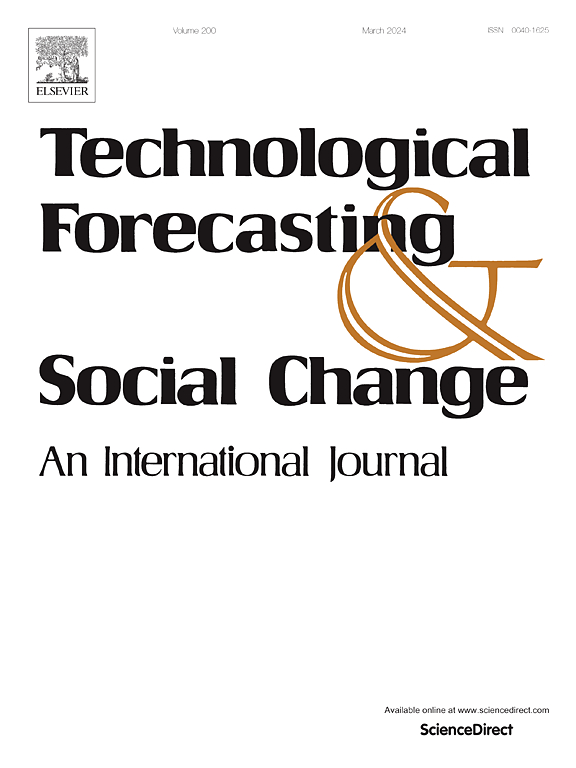Determinants of natural disaster emergency public investment cycles in central and southern Chinese regions: The role of technological innovation efficiency
IF 12.9
1区 管理学
Q1 BUSINESS
Technological Forecasting and Social Change
Pub Date : 2024-09-24
DOI:10.1016/j.techfore.2024.123708
引用次数: 0
Abstract
This paper analyses the disaster emergency public investment performance against the background of carbon emissions using the super-efficiency DEA and Malmquist models combined with emergency management and handling methods. A comprehensive and systematic analysis of the performance of natural disaster emergency public investment in the central and southern regions found deficiencies in current emergency performance due to inadequate legislation, inadequate resource allocation, and lack of prevention knowledge among the public. Further research results indicate that various provinces in the central and southern regions attach great importance to emergency public investment in natural disasters, mainly through the influence of scale efficiency and technical efficiency, which promotes enhancement in productivity, thus, the increase of emergency public investment rate. Technical efficiency positively impacts output, and some provinces have differences in their natural disaster emergency public investment rates due to the slow growth of technological progress. Therefore, specific measures will be gradually implemented to address the influencing factors.
中国中部和南部地区自然灾害应急公共投资周期的决定因素:技术创新效率的作用
本文利用超效率 DEA 和 Malmquist 模型,结合应急管理与处置方法,分析了碳排放背景下的灾害应急公共投资绩效。通过对中南地区自然灾害应急公共投资绩效的全面系统分析,发现当前应急绩效存在立法不完善、资源配置不充分、公众缺乏预防知识等缺陷。进一步的研究结果表明,中南部地区各省高度重视自然灾害应急公共投资,主要是通过规模效率和技术效率的影响,促进生产率的提高,从而提高应急公共投资率。技术效率对产出产生积极影响,部分省份由于技术进步增长缓慢,自然灾害应急公共投资率存在差异。因此,要针对影响因素逐步采取具体措施。
本文章由计算机程序翻译,如有差异,请以英文原文为准。
求助全文
约1分钟内获得全文
求助全文
来源期刊
CiteScore
21.30
自引率
10.80%
发文量
813
期刊介绍:
Technological Forecasting and Social Change is a prominent platform for individuals engaged in the methodology and application of technological forecasting and future studies as planning tools, exploring the interconnectedness of social, environmental, and technological factors.
In addition to serving as a key forum for these discussions, we offer numerous benefits for authors, including complimentary PDFs, a generous copyright policy, exclusive discounts on Elsevier publications, and more.

 求助内容:
求助内容: 应助结果提醒方式:
应助结果提醒方式:


